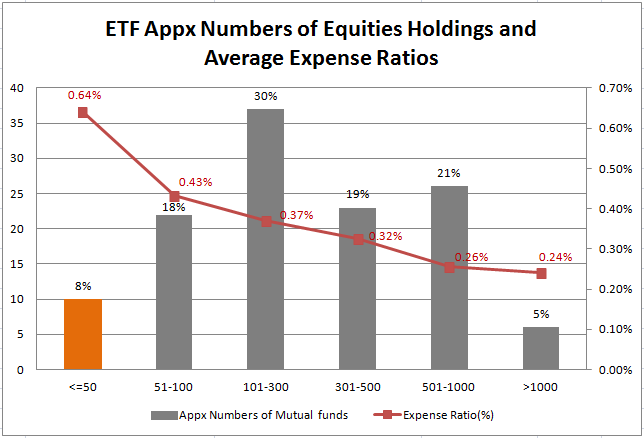Actively Managed ETFs ETFs and Mutual Funds
Post on: 8 Апрель, 2015 No Comment

A few years back the SEC licensed a new class of ETFs called actively managed ETFs. Being a big fan of the ETF area I thought it would be worth saying a few words about this new class.
ETFs are usually passive investments, some of my favorites are those that model an entire market like the S&P 500 or the S&P TSX. These funds emulate the components of the S&P 500/TSX allowing an investor to gain a diversified exposure to the market at a very very low cost or MER. In these traditional ETFs there isnt a fund manager making a decision about which stocks to select- which is the chief reason for the low MER.
Actively managed ETFs take it a step further. In an actively managed ETF we insert a fund manager who researches and selects stocks that meet the funds guiding principals. Here, a fund manager can select from potentially thousands of stocks selecting only those that they believe will yield the highest return for the funds shareholders.
Sounds like a mutual fund, you might be saying to yourself- and you are right. An actively managed ETF is in many respects very much like a mutual fund, with a few key differences. Mutual funds cant be traded inter-day, all prices and trades are settled at the close of the market and are set based on the net asset value (NAV) of the funds holdings. This makes a funds price equal to the sum of its parts. With Actively Managed ETFs the price during the day can potentially float well above the NAV or, theoretically speaking, well below the NAV.
There is a second key difference between a mutual fund and an actively managed fund. When a shareholder cashes out of a mutual fund the payout come from the mutual fund company. In the event that a significant number of shareholders sell off a mutual fund it will force the mutual fund company to sell off some of its portfolio in order to become liquid enough to pay the shareholder back. In an actively managed ETF, on the other hand, when an investor decides to sell, they are selling into the open market where another investor can purchase the fund, leaving the fund company completely out of the mix.
Lets have a quick look at three, an ETF that models the TSX, a large cap TSX mutual fund, and an actively managed Large Cap TSX ETF. These arent perfect comparisons but when one considers the breakup of the TSX with its limited number of leading companies (compared to other exchanges) the comparison I believe is at least somewhat valid.














